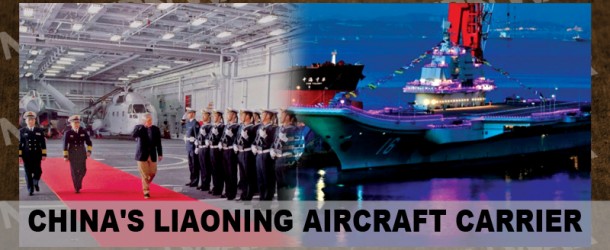China’s Liaoning Aircraft CarrierBy Carl O. Schuster On 13 March 2012, the deputy commander of China’s navy, Adm. Xu Hongmeng, announced his country’s first operational aircraft carrier would be commissioned by year’s end. The carrier had just finished its fourth set of sea trials, and it initiated its fifth a month later. Referred to at the time as the ex-Varyag (Varangian, after a prominent medieval Russ-Viking tribe), many commentators believed the carrier would ultimately be named after the Manchu admiral who conquered Taiwan in 1683: Shi Lang, but it was commissioned in September 2012 as the Liaoning, after that Chinese province. Essentially a modification of Russia’s Varyag carrier, the Liaoning displaces approximately 70,000 tons fully loaded and can carry an air wing of up to 35 Russian-built Su-30s along with 18 helicopters. Western commentators believe much of the ship’s internal systems are already obsolescent and its capabilities are inferior to those of America’s nuclear aircraft carriers. Nonetheless, the carrier will elevate the People’s Liberation Army Navy (PLAN) into the status of a global naval power. More importantly, the carrier’s potential to project power eclipses that of all other navies in the Far East with the exception of that of the US. That fact brings with it strategic implications that go beyond the ship’s exact capabilities. Given China’s territorial claims in the South China Sea, and its assertion those waters constitute part of its national territory, few Southeast Asian nations will take lightly the Liaoning’s entry into service. |
|
|
| Green Beret: Vietnam — Now Available |
|
Modern War, Issue #18 Magazine now available!
|
|
We’re excited to announce the latest issue of Modern War is now available through our shop! Pick up your copy today! Articles:
|






